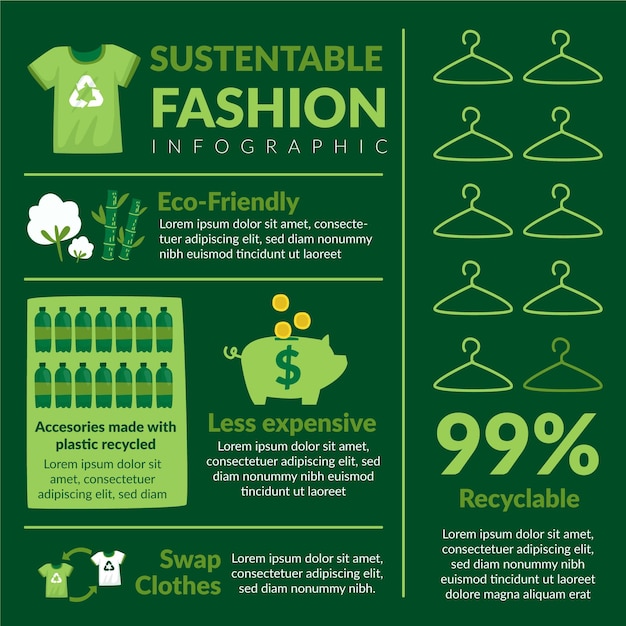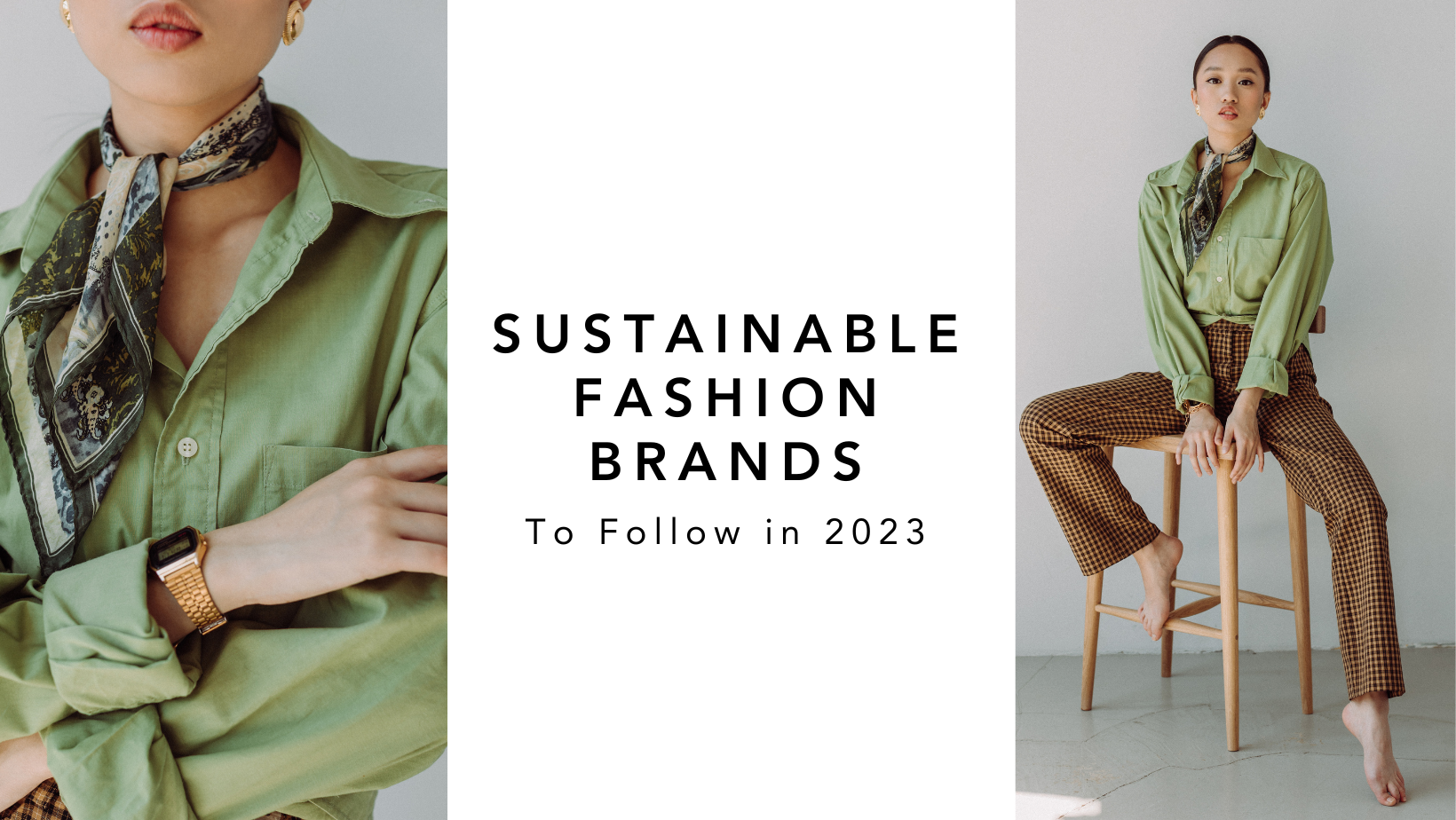The Future of Cape Town Sustainable Fashion in the Global Market
The Future of Cape Town Sustainable Fashion in the Global Market
Blog Article
Stay Ahead of the Curve by Exploring Cutting-edge Style Patterns
In a market as dynamic as style, staying in advance includes even more than just adhering to present fads-- it demands an expedition of development. The merging of innovation and style declares a brand-new era of customer involvement.

Embracing Smart Textiles
In the last few years, the style sector has actually witnessed a transformative shift with the integration of wise textiles, a sophisticated technology that mixes technology with fabric. This development represents not only a fusion of aesthetic appeals and performance however likewise a substantial jump in the direction of sustainability and customization in vogue. Smart textiles, likewise understood as e-textiles, embed advanced electronics such as sensors and conductive strings within the textile, making it possible for garments to connect with the atmosphere or the wearer.
These textiles are designed to monitor physical criteria, such as heart price or body temperature, offering real-time health analytics. Past wellness applications, wise textiles are also being made use of for flexible clothes, which can change shade or pattern in feedback to ecological stimuli, hence supplying a vibrant fashion experience.
In addition, the growth of energy-harvesting textiles that generate power from activity or sunlight is paving the means for self-sufficient wearable technology. This technology is attracting ecologically conscious customers and designers intending to decrease the ecological impact of fashion. As study and advancement in this field development, wise fabrics are anticipated to come to be significantly prevalent, reshaping the landscape of modern fashion with their multifunctional abilities.
The Rise of 3D Printing
Revolutionizing the manufacturing landscape, 3D printing has actually become a game-changer in the fashion business. This cutting-edge innovation has made it possible for designers to press the limits of creative thinking, creating detailed and customized garments that were formerly inconceivable. By leveraging electronic layout and additive manufacturing, 3D printing promotes the creation of complicated geometries and patterns, allowing designers to explore new structures and frameworks.
A notable advantage of 3D printing in vogue is its ability to produce on-demand, lessening waste and reducing inventory requirements. This efficiency not only optimizes manufacturing processes yet additionally permits fast prototyping, making it possible for developers to bring their visions to life in a shorter timeframe. Moreover, 3D printing sustains modification to a degree unrivaled by conventional techniques, supplying special layouts and tailored fits customized to specific customer choices.
The rise of 3D printing has also democratized fashion, making it accessible to emerging designers who can currently make top quality pieces without substantial financial investment in conventional manufacturing infrastructure. As technology remains to advance, the fashion industry is positioned to harness the complete capacity of 3D printing, checking out new materials and techniques that will unquestionably redefine exactly how fashion is developed and generated.
Lasting Fashion Developments
As the apparel industry faces journalism requirement for environmental responsibility, lasting style developments have arised at the leading edge of transformative modification. The growing recognition of environmental impact has sustained a shift towards even more eco-conscious methods and materials. Brands and developers are now focusing on sustainability, integrating methods that decrease waste and minimize carbon footprints.
One substantial development is the surge of circular fashion, which stresses recycling and upcycling to extend the lifecycle of garments. This technique not just decreases waste yet also motivates customers to adopt a more mindful technique to apparel consumption.
One more innovation hinges on the fostering of cutting-edge dyeing techniques that use waterless processes or natural dyes, consequently lowering the vast amounts of water and chemicals generally made use of in fabric dyeing. Furthermore, improvements in biotechnology have actually brought about the creation of lab-grown leather and materials, supplying ecologically friendly and cruelty-free Learn More options to standard products. Via these pioneering efforts, the fashion business is making meaningful strides towards a much more sustainable future.

Tech-Integrated Clothing
Tech-integrated apparel stands for a cutting-edge combination of fashion and technology, improving exactly how individuals connect with their garments. This ingenious domain is noted by the addition of smart fabrics and embedded electronic elements, enhancing both functionality and visual charm. From physical fitness trackers installed in sports apparel to heated jackets regulated by means of smartphone applications, tech-integrated garments offers customers unprecedented ease and versatility.
Pioneering brands are driving this trend, concentrating on creating garments that react to ecological stimulations or customer commands. For example, some garments can alter color or pattern in reaction to temperature shifts, while others include biometric sensing units to check wellness metrics like heart price or anxiety levels. The seamless integration of technology right into fabrics additionally reaches environmental sustainability, with efforts to develop self-cleaning fabrics or garments that adapt to weather, hence decreasing the demand for numerous layers.
Moreover, the advent of wearable technology is not simply restricted to garments but encompasses accessories like watches and eyewear, further widening the extent of tech-integrated style. As the market continues to innovate, the potential for modification and customization in garments grows, providing customers distinct, tech-enhanced fashion experiences that accommodate their individual demands and preferences.
Future of Virtual Fashion
In the last few years, the future of online fashion has actually emerged as a transformative pressure within the industry, leveraging developments in digital modern technology to redefine exactly how style is produced, experienced, and eaten. By integrating increased reality (AR), digital reality (VIRTUAL REALITY), and 3D layout tools, developers can now craft interactive and immersive experiences that transcend standard style limits. Digital fashion enables for the creation of garments that exist exclusively in electronic atmospheres, supplying endless opportunities for innovation without the restrictions of physical manufacturing.
This digital change not just presents possibilities for innovative expression but additionally addresses sustainability worries fundamental in traditional style methods. Cape Town Sustainable Fashion. By eliminating the demand for physical resources, online fashion lowers waste and reduces carbon impacts. Furthermore, the increase of digital fashion straightens with the enhancing customer demand for special and personalized experiences, as virtual garments can be personalized and customized to specific choices effortlessly

Conclusion
The fashion business's future depend on the combination of he has a good point innovative technologies and sustainable practices - Cape Town Sustainable Fashion. Smart fabrics and tech-integrated apparel are enhancing capability, while 3D printing provides chances for modification and waste decrease. Lasting fashion, through eco-friendly products and circular strategies, demonstrates a commitment to ecological stewardship. Furthermore, online style is poised to redefine consumer communications. Adapting to these trends is crucial for brands seeking to continue to be click over here now pertinent and affordable in this rapidly progressing landscape.
In current years, the fashion industry has experienced a transformative change with the assimilation of clever fabrics, an advanced advancement that mixes modern technology with textile.As the fashion industry grapples with the pressing need for environmental responsibility, sustainable fashion advancements have actually arised at the center of transformative adjustment.In current years, the future of digital style has emerged as a transformative pressure within the sector, leveraging advancements in digital technology to redefine how fashion is created, experienced, and consumed. The rise of virtual style straightens with the increasing customer need for one-of-a-kind and personalized experiences, as virtual garments can be customized and customized to specific choices with simplicity.
The fashion market's future lies in the combination of lasting techniques and ingenious innovations.
Report this page